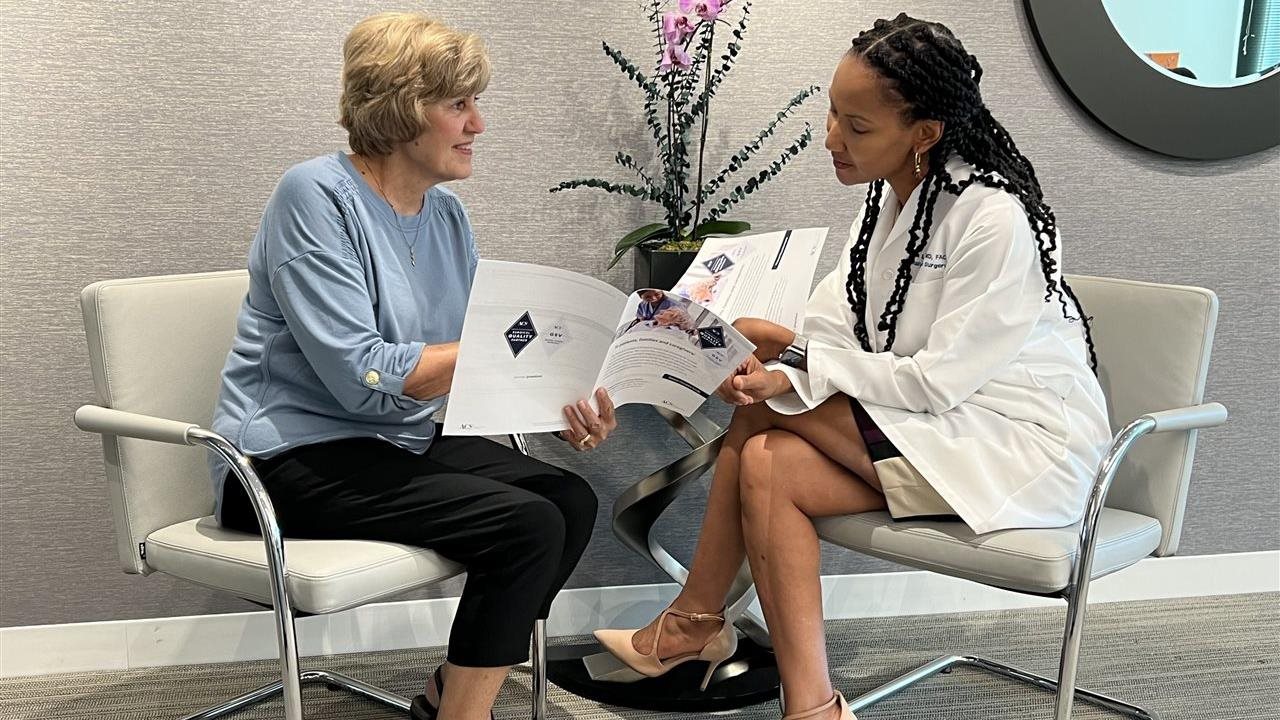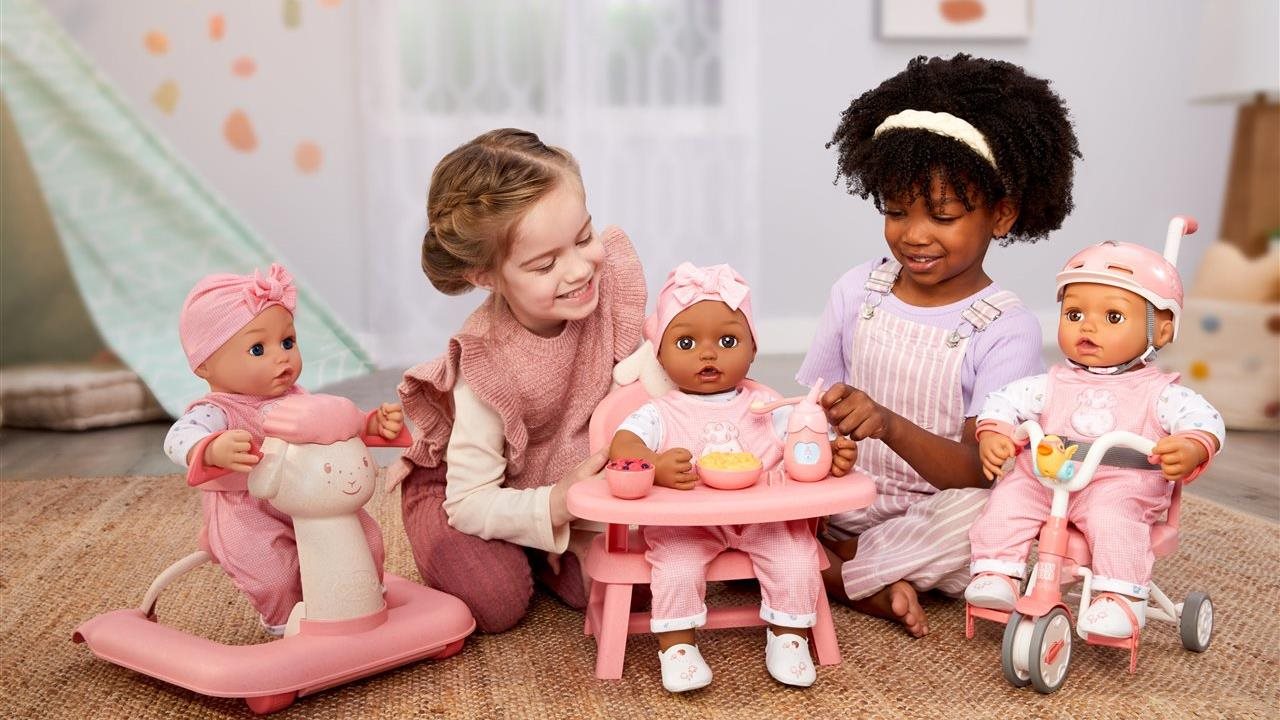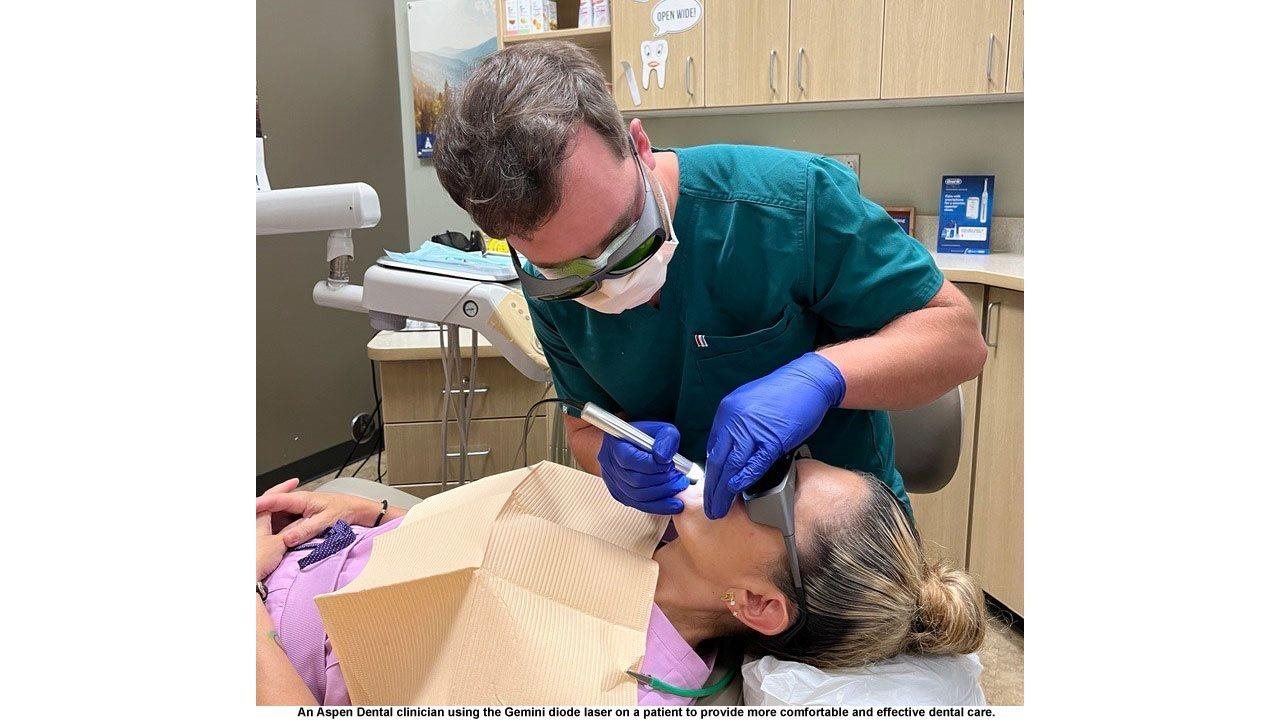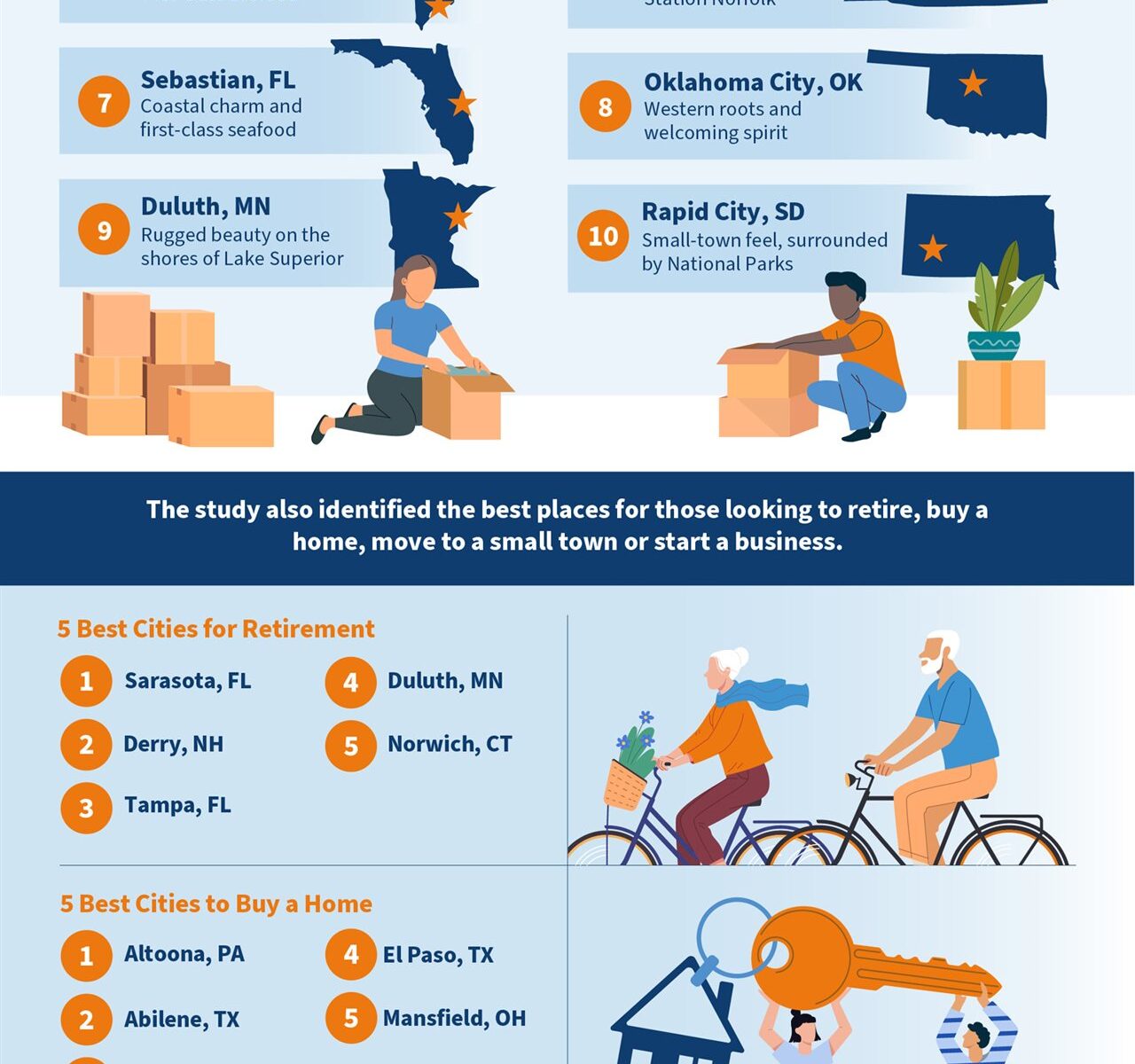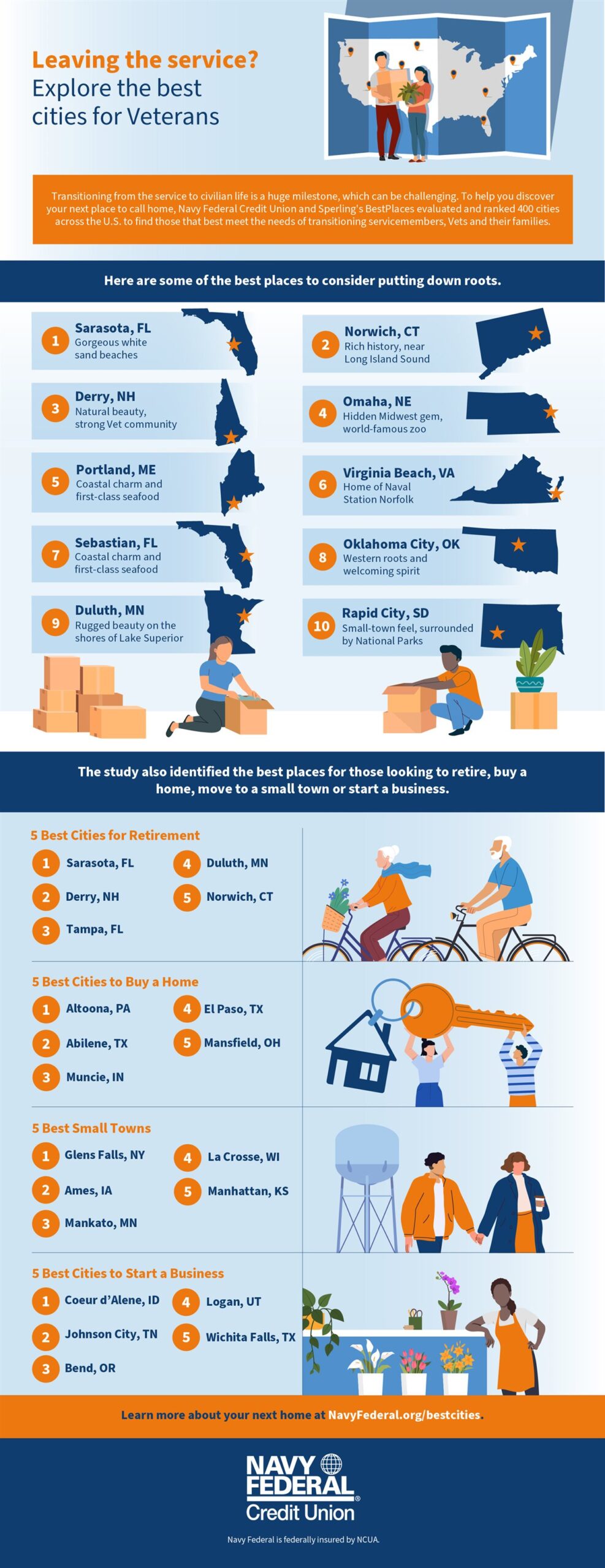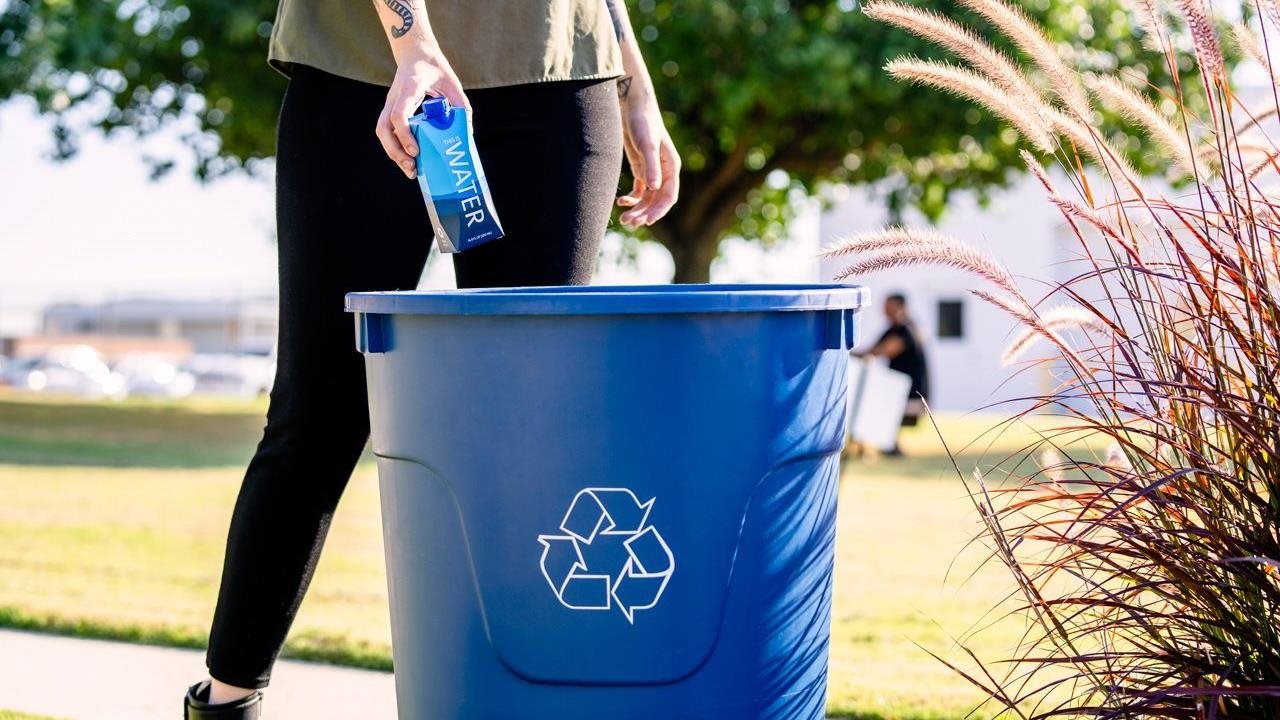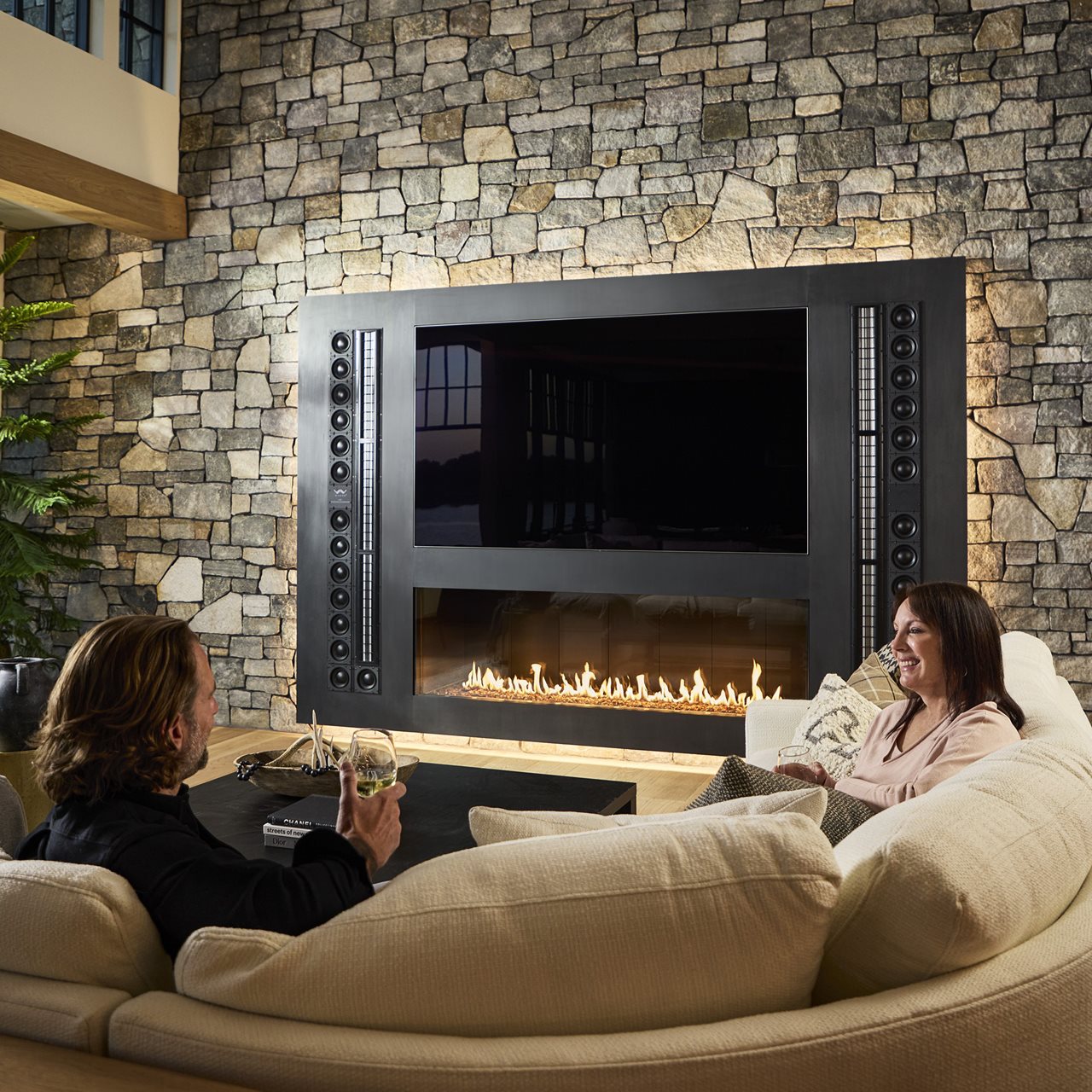2024-10-31T08:59:00
(BPT) – Respiratory illness season has officially begun. As the holidays approach and many spend more time indoors with loved ones, the risk of contracting common respiratory illnesses like flu, COVID-19, pneumonia and RSV will rise.
But germs aren’t the only things spreading this fall and winter; many vaccine-related myths and misinformation are also circulating and posing a risk to the health and safety of communities. Here are four common myths to look out for this season:
- Myth #1: I’m healthy, so I don’t need to get vaccinated. This is false. Vaccines are a safe and dependable way to help build immunity even in healthy individuals. Vaccines are the number one way to protect against respiratory illnesses and reduce the severity of symptoms if you do get sick. This time of year can be busy, but it’s critical that everyone takes the time to get their annual flu shot, updated COVID-19 vaccine, and other CDC-recommended immunizations, like RSV and pneumonia (pneumococcal). Getting vaccinated also reduces the chances that you’ll spread respiratory illnesses to people who are at higher risk of developing severe complications.
- Myth #2: It’s too late to get vaccinated. If you haven’t gotten the flu, COVID-19 or RSV vaccine, it’s not too late. However, you should get your recommended vaccines as soon as possible, especially before you travel or gather this holiday season to allow time for immunity to fully develop and increase your protection. Walgreens makes it simple to get all the recommended vaccines you need in one visit. To schedule a vaccination appointment in English or Spanish, use the Walgreens app, visit Walgreens.com/ScheduleVaccine or call 1-800-WALGREENS. We offer flexible openings, including nights and weekends, and walk-ins are welcome.
- Myth #3: I won’t be able to afford my vaccinations. The flu shot and other recommended vaccines are covered by most insurance plans, and for those who are uninsured, Walgreens offers 200,000 flu shot vouchers annually to provide free flu immunizations for medically underserved populations that need them most. Vouchers are available in-store and at clinics operated by Walgreens off-site, while supplies last. Talk to your local pharmacist about voucher availability in your area. This voucher program is part of a broader effort by Walgreens to help ensure underserved and at-risk communities stay safe from respiratory illnesses while improving awareness, access and equity to vaccines.
- Myth #4: I have mild symptoms, so I don’t need to get tested for flu or COVID-19. Flu and COVID-19 have similar symptoms to the common cold or other respiratory illnesses. Individuals who are experiencing a runny nose, cough or other respiratory symptoms should consider getting tested to know with greater confidence which virus they may have and before traveling or gathering with loved ones. This ensures individuals can quickly take the necessary steps toward recovery and avoid spreading illnesses to people at higher risk for complications. Walgreens offers a variety of convenient, low-cost options for flu and COVID-19 testing, including an easy combination test for COVID-19 and influenza A/B with results in 30 minutes or less, for $24.99. At-home tests, along with over-the-counter medicine cabinet essentials, are available for delivery in as little as 1 hour. And, if you are sick or just looking for affordable, convenient home delivery, Walgreens offers Same Day Prescription Delivery for $5.99 at more than 8,000 Walgreens with no membership required.
Walgreens: Your partner in health
Walgreens is your one-stop resource for all your immunization, testing and treatment needs this holiday season. If you have any questions, our expert pharmacists are here to help navigate the latest vaccination guidance and what is recommended for you and your loved ones.
Schedule your vaccine now at Walgreens.com/ScheduleVaccine.





